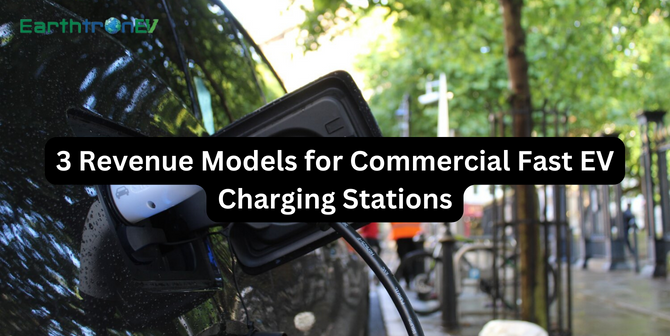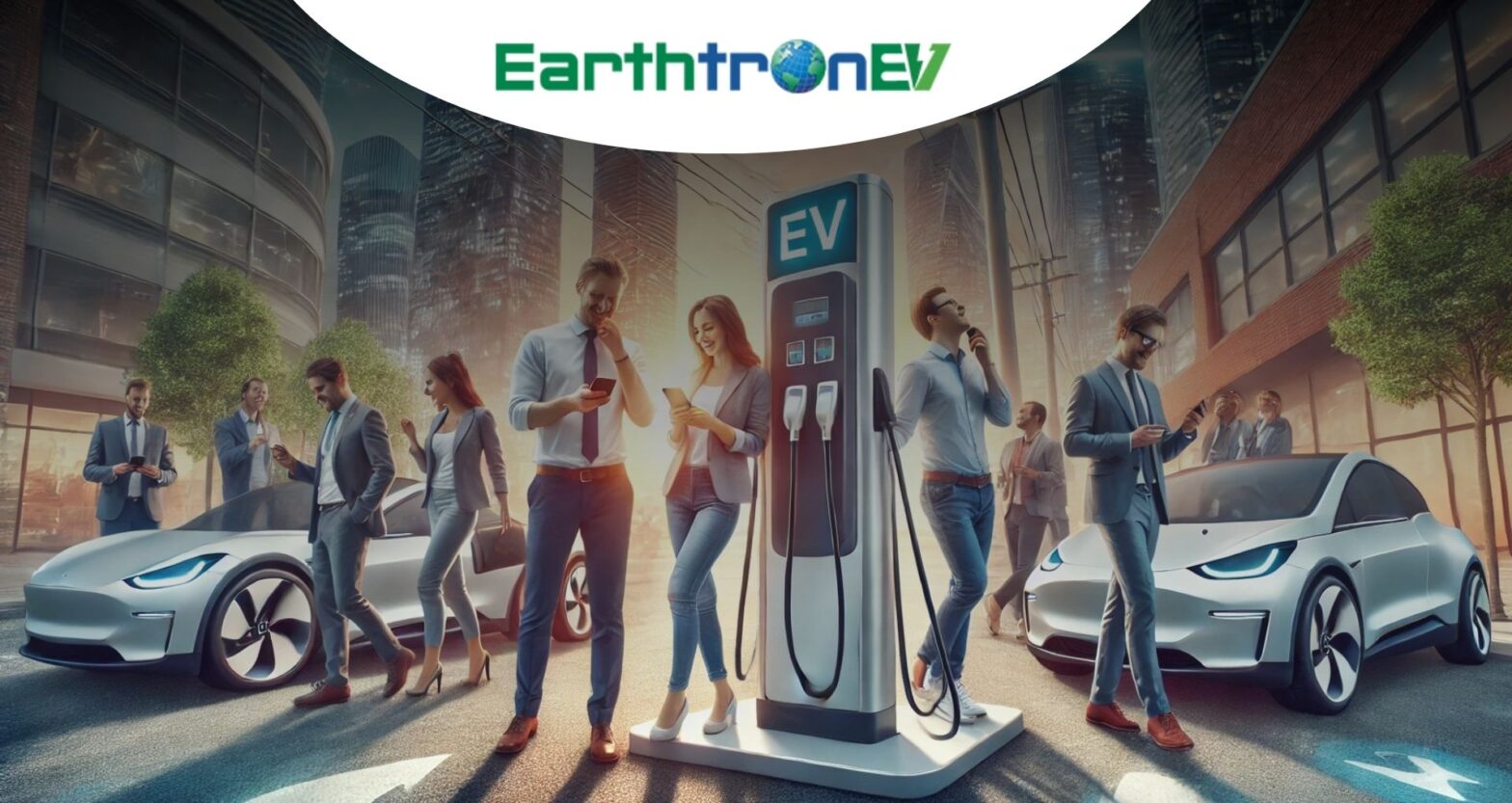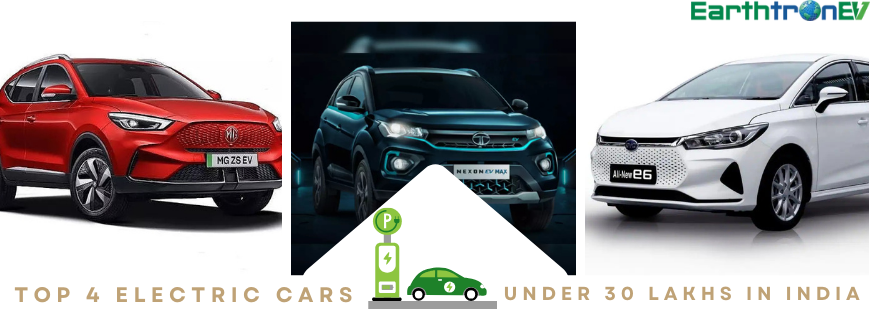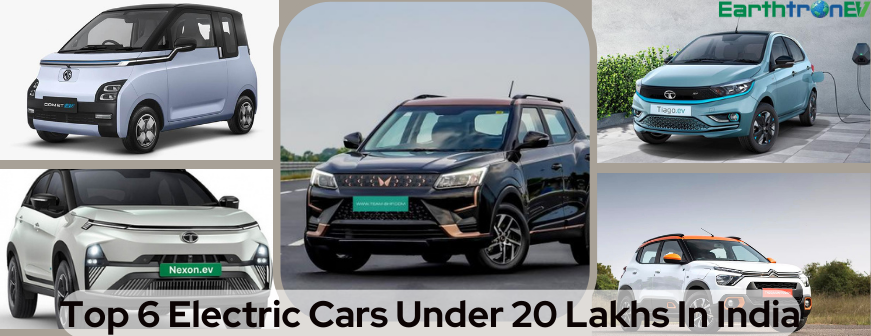An EVCS, or plug-in electric vehicle charging station, supplies energy for electric vehicle charging. An EVCS’s primary role is to provide a steady stream of electricity for charging EVs. Charging stations for electric vehicles, also known as electric vehicle supply equipment (EVSE), are built by electrical utility companies or private businesses and installed in public parking garages and shopping centers. These charging stations have unique connectors compatible with various electrical standards. Some electric vehicle charging stations are more high-tech, with features like smart meters and wireless connectivity.
Predictions indicate that the electric vehicle (EV) industry will continue to develop and grow, increasing demand for charging stations as EV use spreads across the country. This presentation will explore those estimates while giving listeners a comprehensive overview of the business and revenue models implemented in the EV charging infrastructure market.
This article provides an opportunity to learn where you and your company fit into the charging infrastructure for electric vehicles by analyzing current trends and pressure points in deploying EV infrastructure.
3 revenue models for commercial fast EV charging stations:
Environmentally friendly EV charging businesses must balance infrastructure development, usability, affordability, and user satisfaction. This method allows stakeholders to collaborate to accelerate the transition to eco-friendly transportation, reduce carbon emissions, and create a sustainable future. Business ideas for sustainable EV charging:
1. The ad-supported business model or Pay-per-view business model:
Charging stations can display ads on their screens or apps during charging sessions like mobile apps. Pay less or earn loyalty points based on how many ads users saw during the session. This business model funds charging stations and targets electric vehicle drivers. Like Pay-per-view, charging extra for extras like watching a movie or TV show and listening to music while charging could improve EV customers’ experience. This convenience allows EV drivers to charge more comfortably and maximize station time.
2. Charging as a service company model:
Infrastructure providers can offer EV charging-as-a-service instead of stations. This lets EV charging companies install stations without infrastructure. Companies that provide charging infrastructure maintain stations and equipment. EV-charging businesses pay annual membership or consumption fees. This method works effectively for new charging infrastructure businesses.
One of the key advantages of the pay-per-use model is its transparency. Both charging station operators and EV owners benefit from a clear understanding of the charging cost calculation. EV owners know what they are paying for—the electricity used during charging. No hidden fees or unexpected charges build trust between the station operator and users.
3. Subscription-based business model:
A subscription-based business model charges customers monthly or annually to use a network of charging stations. Subscribers may have priority access to charging stations or lower prices. This method ensures constant electrical charging costs and promotes network usage, increasing customer loyalty and EV adoption.
Revenue predictability is a major benefit of the subscription model. Charging station operators can better forecast cash flow and allocate resources with a steady stream of subscribers’ fixed monthly or annual fees. This financial stability helps plan charging infrastructure maintenance, expansion, and improvements.
Economic incentives encourage customer loyalty in the subscription model. To maximize value, subscribers who pay a fixed fee for unlimited or discounted charging sessions use the charging station more often. Regular use creates loyalty and reliance on the station, constantly reducing the need to attract new customers.
Finally!
The EV charging market is expanding quickly. Infrastructure will need to keep up with the increase in EV drivers over the coming decade, opening up new commercial opportunities and possible hazards. As you consider your strategies, your business model possibilities and objectives, and potential EV charging business partners, nothing can replace thorough study and due diligence.
So, you need a partner to help maximize performance and stick by you through the long process of creating an EV charging empire. Thus, you need to choose industry-leading back-end software that powers fleets, charging networks, and charging sites for Hilton, Mobile, Ford, and other companies in this situation. We believe that charging should be straightforward. Thus, we built our full-stack EV charging network solution with managing multiple stations, data processing, and scaling up in mind.







